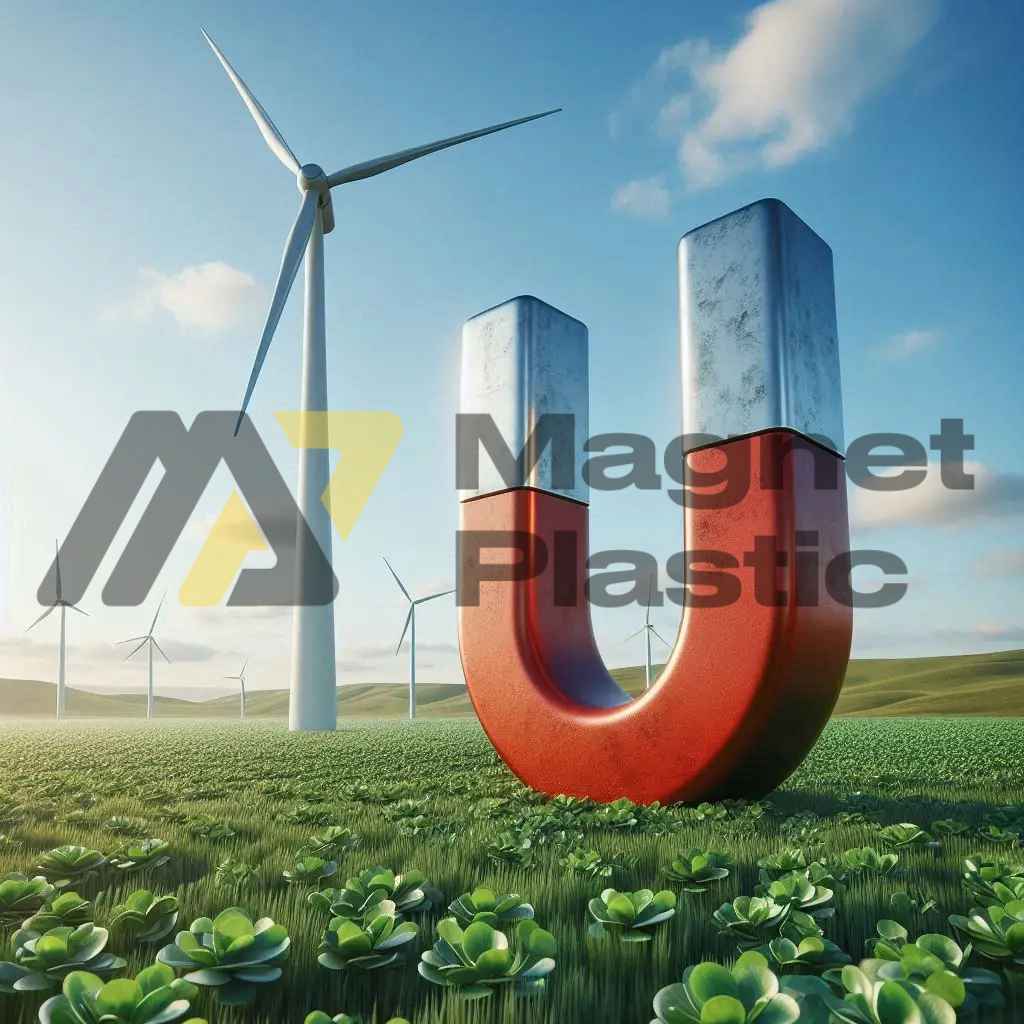Wind Energy with Magnets: A Sustainable Innovation for the Future
Wind energy has become one of the most effective and sustainable renewable energy sources in the world. Its principle is based on converting the kinetic energy of the wind into electrical energy using wind turbines. In this system, magnets play a key role, especially in permanent magnet generators (PMG).
How Does Wind Energy Work?
Wind turbines are equipped with large blades that rotate when driven by the wind. This movement is transferred to a generator, which converts mechanical energy into electricity. Traditionally, these generators used electromagnetic coils with brushes. Today, permanent magnet generators offer a more efficient and reliable alternative.
The Role of Magnets in Wind Turbines
Permanent magnets, typically made from neodymium (a rare-earth material), provide higher efficiency in energy production, particularly in areas with low or inconsistent wind. These magnets generate a constant magnetic field without requiring external electricity, which reduces internal consumption and eliminates parts prone to wear, like brushes.
Moreover, PMGs operate at lower speeds, which reduces noise, increases efficiency, and extends the life span of the equipment.
Advantages of Wind Energy with Magnets
- High Efficiency: Better performance even with weak or irregular wind conditions.
- Low Maintenance: Fewer mechanical parts mean less wear and fewer repairs.
- Compact Design: Lighter systems, ideal for remote or small-scale installations.
- Clean Energy: No harmful emissions during energy production.
Current Applications
Permanent magnet generators are used not only in large wind farms but also in small-scale wind turbines for homes, farms, and businesses—especially in off-grid areas. Their adaptability and efficiency make them suitable for both rural and urban environments.
Challenges and Sustainability
One of the main challenges is the use of neodymium, the mining of which can have environmental consequences. However, ongoing research is focused on developing greener magnets, with recyclable materials and less dependency on critical raw materials.
Conclusion
The combination of wind energy and permanent magnets represents a significant technological advancement in the renewable energy sector. It not only improves system performance but also contributes to a cleaner, quieter, and more reliable energy transition. As innovation continues, this technology promises a more sustainable energy future for all.
